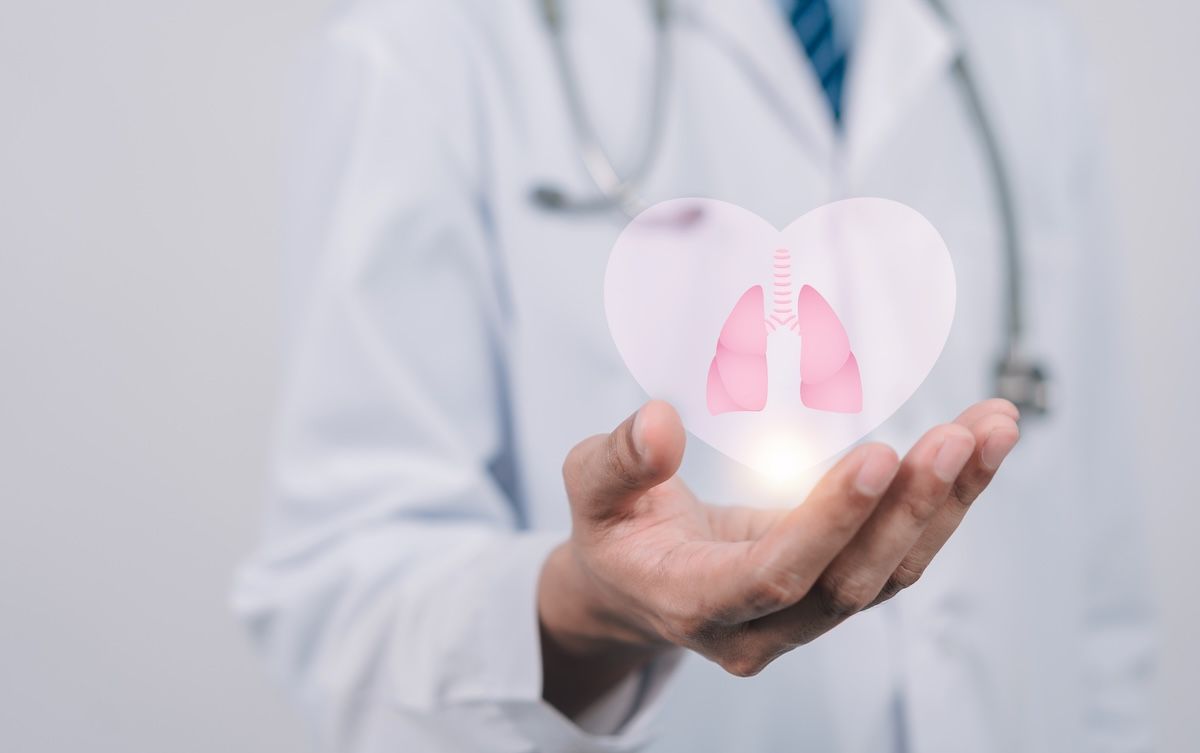Article
Out With the Stethoscope, In With the Smartphone: How Genomics and Digital Advances Will Reshape Practice
Author(s):
Conference Coverage: AAAAI 2014
The introduction for Eric J. Topol, MD, who gave the keynote address March 1, 2014, at the 2014 Annual Meeting of the American Academy of Allergy, Asthma & Immunology (AAAAI) in San Diego, California, ended with the usual instruction: please silence your cell phone.
That didn’t sit well with Topol, cardiologist at Scripps La Jolla, professor of genomics at the Scripps Research Institute, and pied piper of getting medicine to finally embrace technology with the same enthusiasm as many of its patients. Turn those phones on! Tweet! He needled conference host AAAAI for its relatively small Twitter following, which stood just above 600. Topol’s own roster tops 36,000.
“I found out the AAAAI only had 87 tweets as of a few days ago,” he said, encouraging those assembled to embrace the social media platform. “Hopefully, you’ll be inspired to do so. In your fields, things are moving quickly. You can get a lot of information, through links and from following people you trust.”
The title of Topol’s talk, “Genomic and Wireless Digital Innovation: Reshaping the Future of Medicine,” failed to capture what was in store—a lively, laughter-filled romp through 4 decades’ worth of flashbacks about old cell phones, floppy disks, hospital room set-ups, and methods for taking blood work and vital signs from patients. It’s all going to change, Topol said, because it must.
Genomics is giving physicians and even patients unprecedented detail about tumors, conditions, and even levels of risk, while technology, through electronic health records and sensors— some inside the body—will allow doctors to care for patients from afar and take measurements in real-world settings. The marriage of the two will result in personalized medicine that benefits patients, Topol said, especially as the price of mapping an individual genome comes down to around $1000.
Today, he said, “We give the same medicine to all patients—the same dose—because we deal with the same statistics and the same clinical trial based on large cohorts. That doesn’t work very well.” Too much sameness results in waste and poor results. A more personalized approach—a “geographic information system” for the human body—will allow doctors to craft treatment that may change the whole way medicine is practiced, Topol said. “We can declare that ‘Average is Over,’” invoking the title of a new book by Tyler Cowen. Patients are demanding change, Topol said.
Just as platforms like Facebook allowed young people in Egypt to rise up and overthrow a government that could not justify its practices, so, too, will medicine experience a “health spring.” Patients, fed up with inefficiency, will demand the use of technology not only to reduce medical costs but also to limit intrusions on their time. Patients are no longer willing to wait up to an hour to see a doctor or nurse practitioner for 7 minutes, he said. He cited data indicating that the majority of patients prefer remote visits.
He then went through a string of exciting examples of how sensors promise to not only monitor vital signs but also predict events like cardiac arrests or asthma attacks, offering a window for intervention:
• Sensors will allow an epileptic to predict a seizure and avoid driving.
• Wearable sensors could allow blood pressure readings that don’t even require the patient to press “start.” Blood pressure readings are sometimes taken on the forehead.
• Glucose readings for diabetics are getting better all the time, down to minute-by-minute readings.
• A cardiac patient who had a monitoring device—and knew how to read it—contacted his doctor with the message, “I’m in atrial fibrillation. Now what do I do?”
• Studies in sleep centers that cost $3000 to reimburse—and which Topol said do not provide results similar to those produced by sleep at home—could become a thing of the past. Sensors attached to the patient could allow data to be taken while a patient sleeps in his or her own bed.
• For asthma patients—of special interest at this meeting—sensors will be able to monitor environmental triggers such as pollen, and factors such as chest movement, to ward off an attack.
• Lab testing could change, as much less blood will be needed to obtain results.
• Multiple sensors will be developed that interface with the patient’s cell phone, and the doctor’s.
Topol said some estimates have pegged the savings of “mobile health” at $1 trillion. He is not sure the amount will be that high, but, he said, “We have to do something about the edifice complex.”
He showed photos from recent articles about the “hospital of the future,” and then he showed his version: a blank screen. “One in 4 people is harmed staying in the hospital,” he said. “There’s a way out, and it’s with remote monitoring.”
Physical visits will be reserved for select circumstances. Even the beloved stethoscope will go away, he predicted. The devices get full of bacteria, and they aren’t as good as the new portable ultrasound wands handed out instead at a few medical schools.
For all the jokes about “your smartphone will see you now,” Topol said it is true that there is a place for personal, mobile technology, and a place for the trained physician, but the roles will be redefined. “The doctor is not being squeezed out,” he said. That said, “We are going to have a lot of computer-assisted medicine.”
Newsletter
Stay ahead of policy, cost, and value—subscribe to AJMC for expert insights at the intersection of clinical care and health economics.





